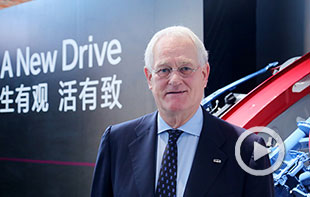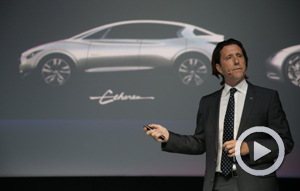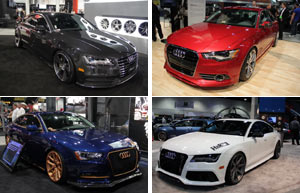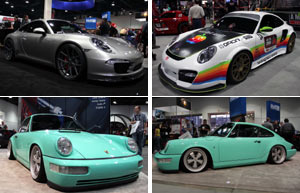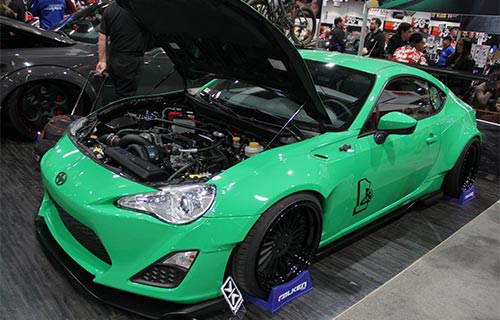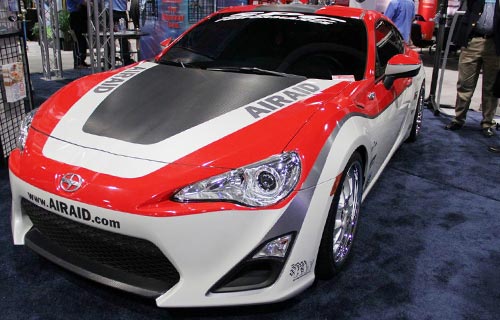More about congestion charges
Updated: 2013-11-11 08:10
London
The city began to collect congestion tolls in 2003 for motor vehicles that enter central London between 7 am and 6 pm from Monday to Friday. There are big signs on the roadside with letter C reminding drivers that they are approaching the charging zone.
The motorists only need to pay once no matter how many times they drive in and out of the charging zone on the same day. They can choose to pay in advance at a cheaper price for a day, a month or a year or pay on the day of travel. It is convenient to make the payment at designated parking lots, gas stations and post offices or via website and phones.
Hundreds of cameras were set up in the zone to identify license plates of vehicles. If a vehicle photographed in the zone is found to have no record of payment of the congestion charge, the owner will have to pay the fine.

Singapore
Singapore started congestion charges as early as 1975. The Area License System then charged drivers a flat rate for unlimited entries into Singapore's central area, with exemption for taxis, buses as well as carpools if there are four people in a vehicle. It was successful in reducing congestion.
In 1998, the city adopted an electric road-pricing (ERP) program, which uses modern technology to save a lot of manpower and the inconvenience for motorists waiting to get through the tollgates under the old system.
All the vehicles in Singapore are equipped with a device in which a cash card is inserted. And they are charged automatically when passing an ERP gantry.
After using the ERP system, traffic levels have decreased further and more commuters now use public transport.

Stockholm
The Stockholm congestion charge was first introduced as a seven-month trial starting in January 2006.
After a referendum in September, the Swedish government declared that the charge was to be implemented permanently.
And it eventually came into effect in August 2007 after being approved by the parliament.
Unmanned electronic control points were established at all the entrances to the center of the city.
The electronic system can identify the vehicles and record the charges automatically through cameras and transponder technology, but the real payment is done later.
The Swedish Road Administration will send the bills to the car owners at the end of each month and they could choose to pay online or at the local convenience stores.
An additional fine will be imposed if the car owners fail to pay the tax on time.
Motoring


